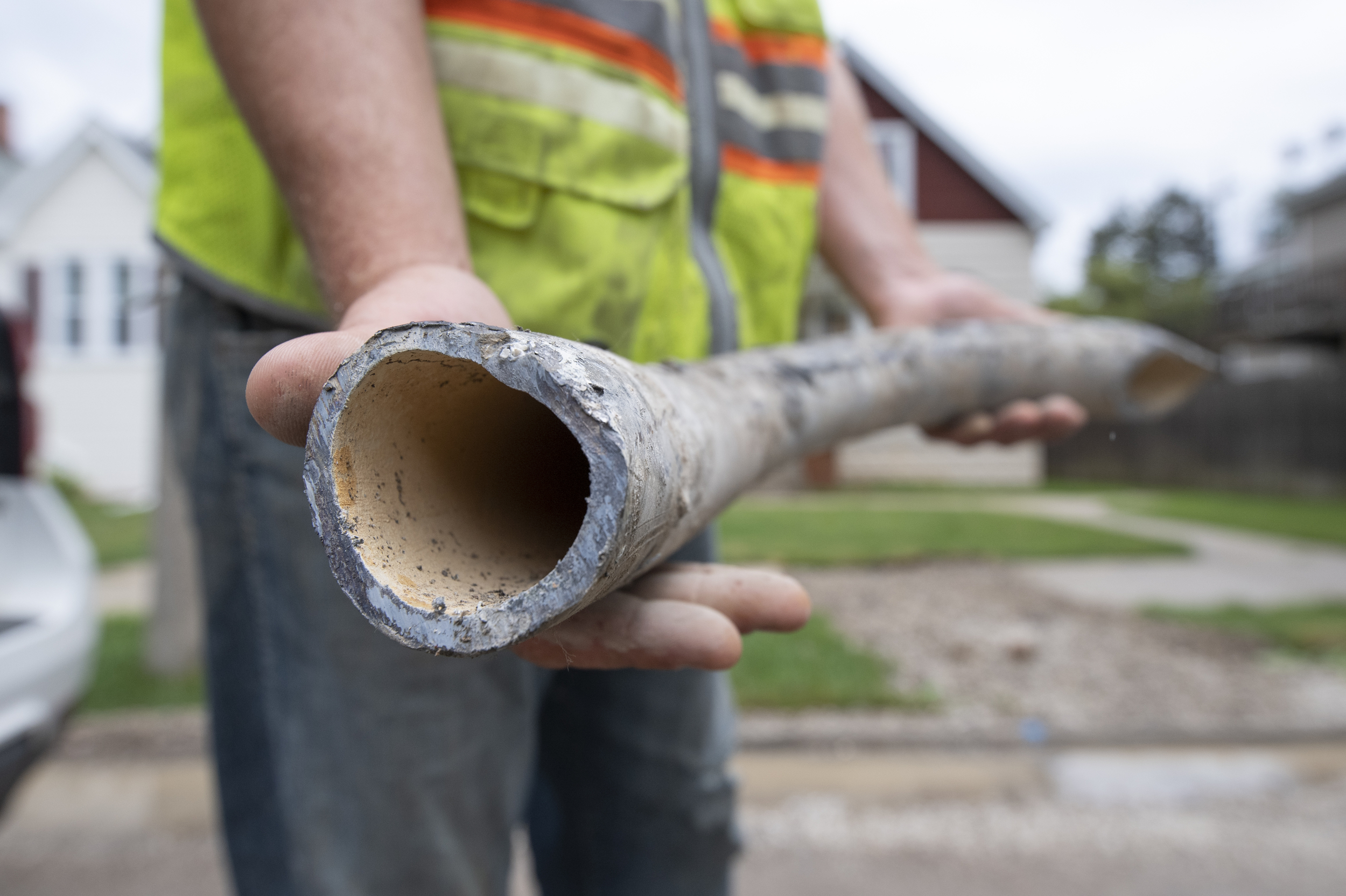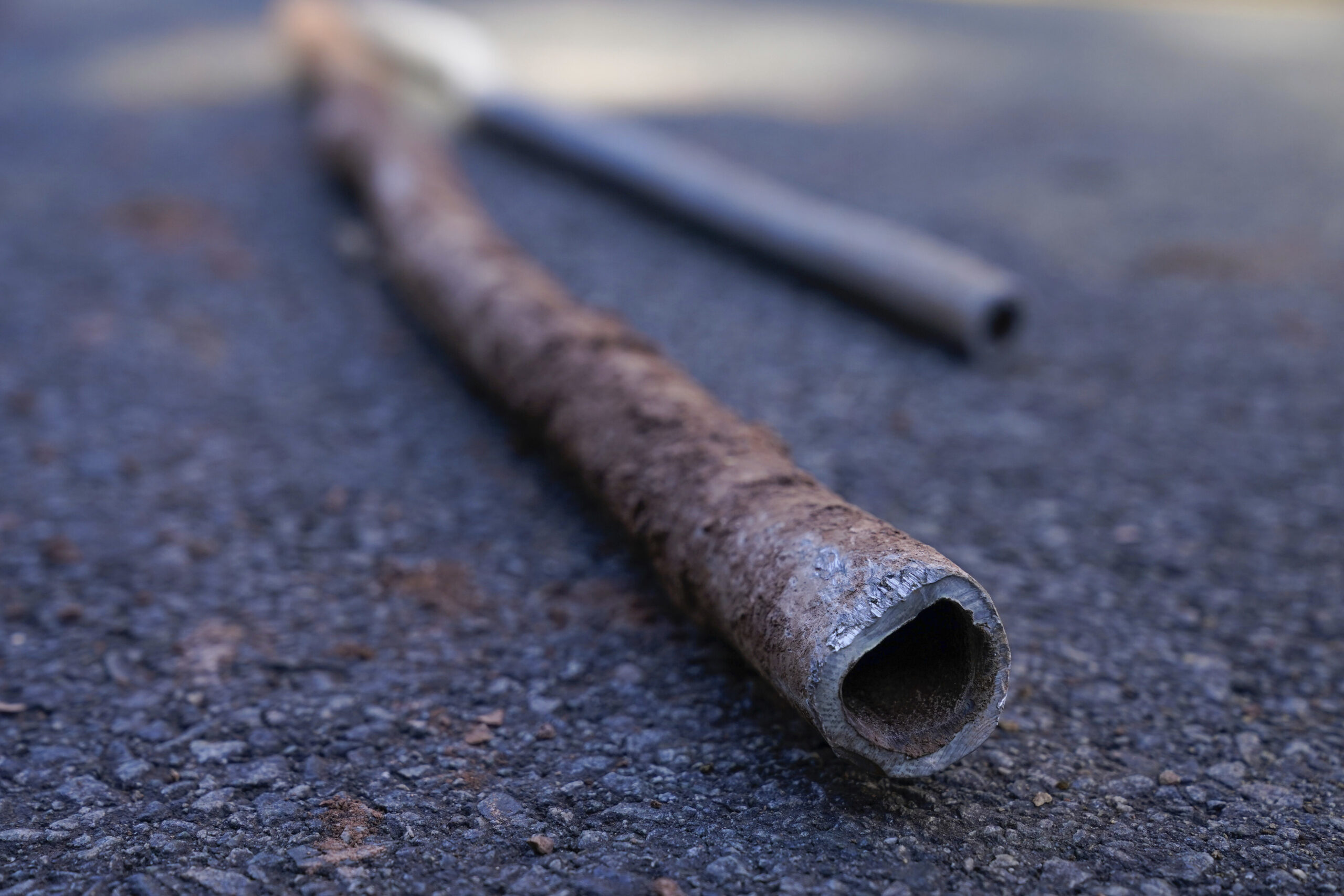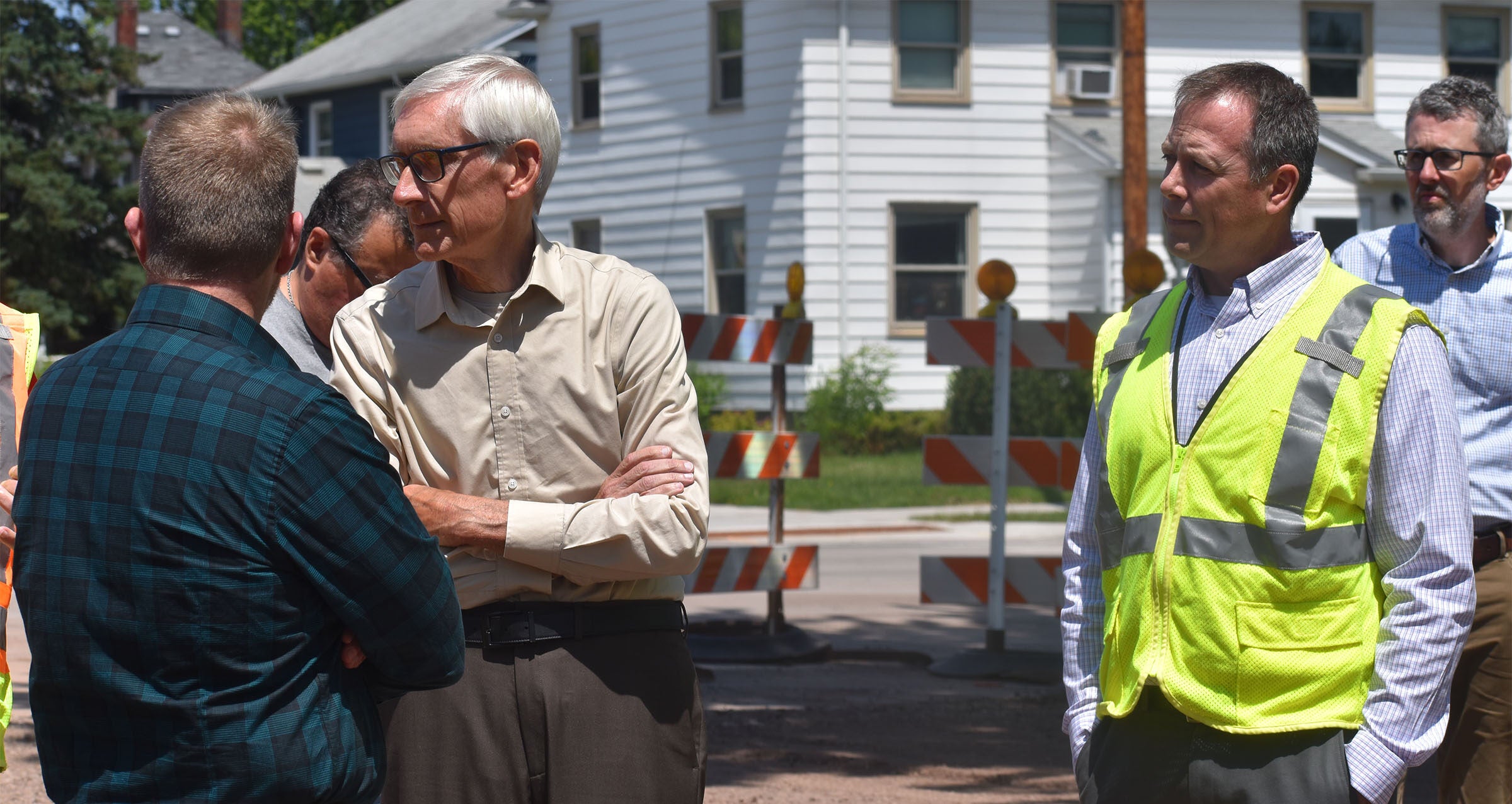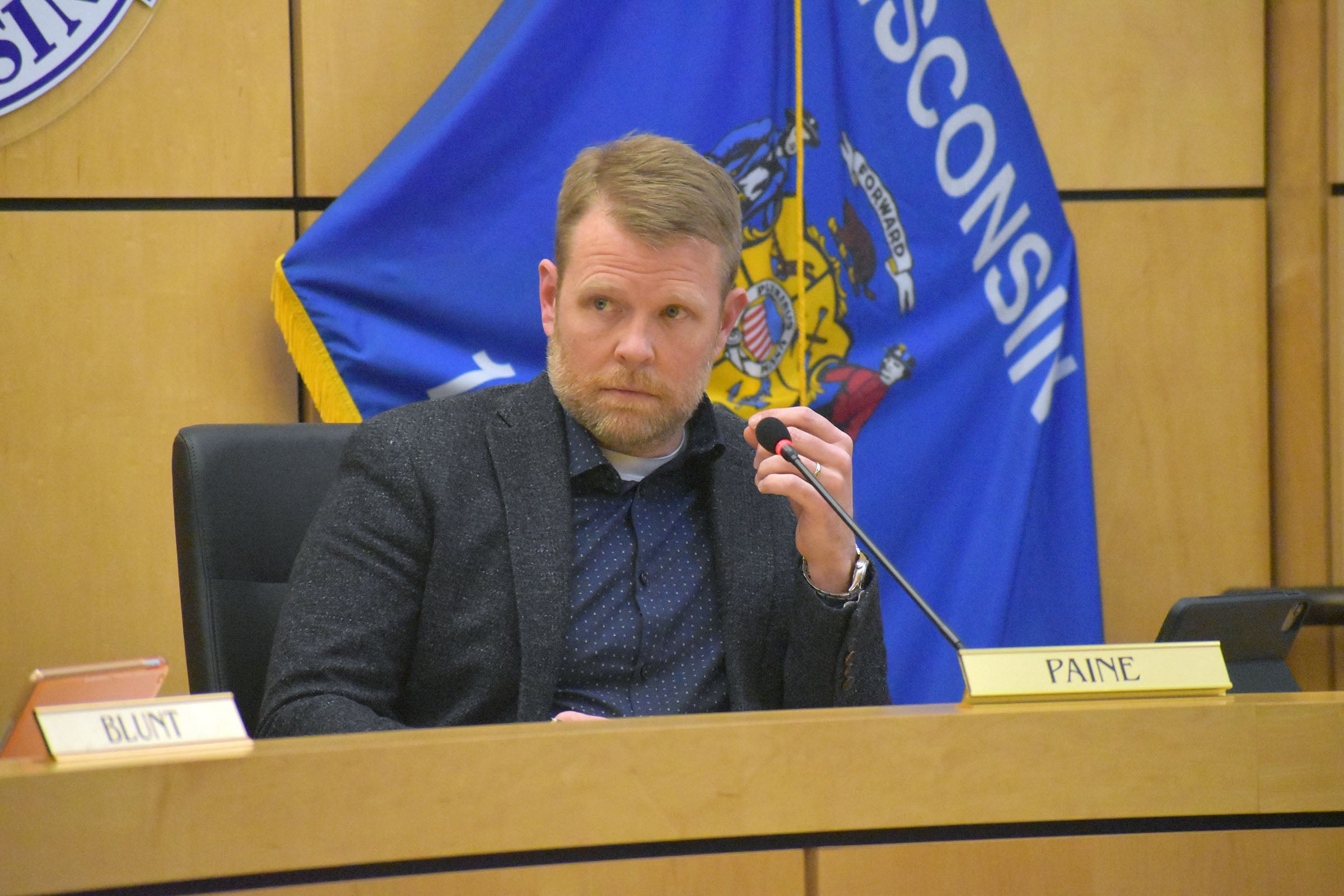Wisconsin is set to receive around $139 million to upgrade drinking water infrastructure later this year, and more than half of that money will go toward replacing lead service lines.
The Wisconsin Department of Natural Resources is slated to receive the money in October as part of annual funding for the state’s Safe Drinking Water Loan Program. The money includes supplemental funding as part of $6 billion awarded nationwide through the bipartisan infrastructure law for projects to ensure safe drinking water.
The program provides low-interest loans for communities and principal forgiveness, which the DNR said is essentially grant funding that doesn’t have to be paid back. The state typically receives around $20 million in base funding for the program from the Environmental Protection Agency, according to Jim Ritchie, director of the DNR’s Bureau of Community Financial Assistance.
News with a little more humanity
WPR’s “Wisconsin Today” newsletter keeps you connected to the state you love without feeling overwhelmed. No paywall. No agenda. No corporate filter.
The largest boost this year is funding for lead line replacement. Last year, Wisconsin received $48.3 million to replace lead lines. This year the state will get $81.2 million.
“We’re very excited about the additional funding and what it means for the communities and the water utilities in Wisconsin,” Ritchie said.
The funding also includes $13 million for emerging contaminants like PFAS. Perfluoroalkyl and polyfluoroalkyl substances are a class of thousands of synthetic chemicals widely used by industry since the 1940s. They’ve been used in everyday products like nonstick cookware and firefighting foam. The chemicals don’t break down easily in the environment. Research shows high exposure to PFAS has been linked to kidney and testicular cancers, fertility issues, thyroid disease and reduced response to vaccines over time. A growing number of communities statewide have detected PFAS in public wells, including Eau Claire, La Crosse, and Wausau.
Ritchie expects to see more demand for financial assistance through the program this year. In October 2022, communities submitted their intent to apply for more than $594 million to fund future projects for this year and beyond.
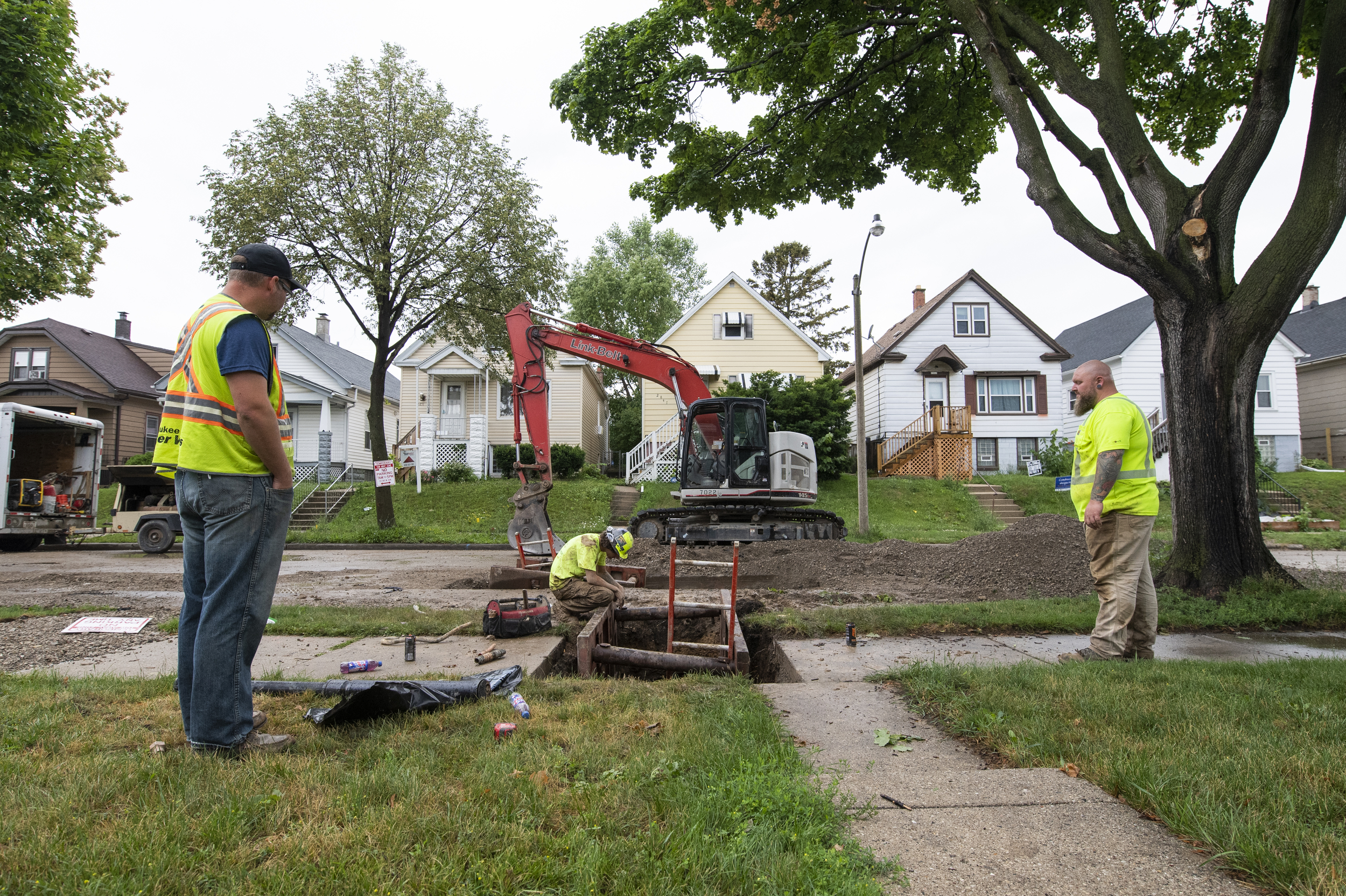
The state awarded $63 million in loans to nearly 50 projects for this fiscal year, and around $19.6 million is principal forgiveness that communities won’t have to pay back. That’s roughly half of the $122 million in loans Wisconsin awarded for fiscal year 2022. Ritchie noted cities like Milwaukee and Sheboygan received half of overall funds awarded for major projects. He added many communities likely waited to apply for infrastructure law funds until the federal government provided guidance on the law’s requirements to build projects with domestic iron and steel.
In the last two years, Wisconsin had a program for private lead line replacement that was funded through the transfer of $64 million from its Clean Water Loan Fund. Ritchie said that built momentum on replacing lead lines that he expects will continue under additional funding through the bipartisan infrastructure law.
The city of Stoughton in Dane County is an example of one community that was able to advance replacement of all its known lead lines by utilizing funding through the DNR program.
In 2019, the city’s water exceeded the federal action level of 15 parts per billion under which systems are required to replace lead pipes.
The city began exploring whether to replace 7 percent of its lead lines each year, according to Jill Weiss, the city’s utilities director.
Instead, the city embarked on a $5.3 million project that removed around 1,000 public and private lead lines in 2021 that touched roughly 700 properties. She said they received a $3.5 million loan from the DNR to replace 653 private lead lines.
“It would have taken much longer to actually achieve that goal,” Weiss said. “And, in the process, because of the exceedance in 2019, the DNR would have required us to actually do the chemical treatments of the water.”
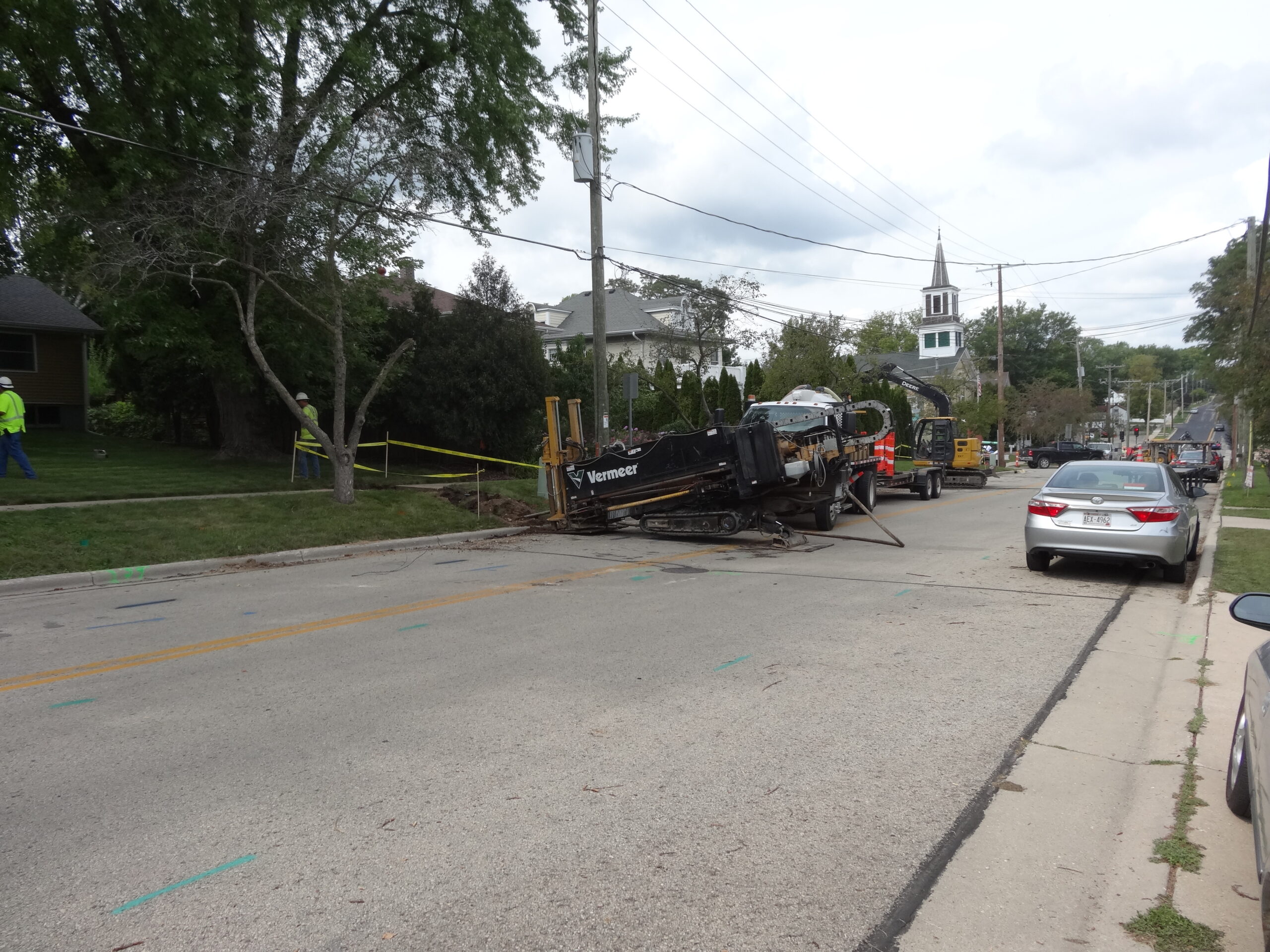
Photo courtesy of Jill Weiss
She said it only took one year instead of 15 years to replace those lines. The city also received approval to raise water rates to help pay for a 20-year loan that funded replacement of public lead lines.
Weiss said the additional funding under the bipartisan infrastructure law is an opportunity for communities to get the lead out.
“The more money that can be put into this, the better,” Weiss said. “It is definitely a health risk, especially for women that are pregnant, children under the age of five.”
Children are more vulnerable to lead poisoning, which can cause developmental issues among other health problems.
There are around 170,000 lead service lines in communities statewide, and a large share of those lead pipes are in Milwaukee.
The state’s largest city has around 67,000 lead water service lines that are still in use. The city replaced around 1,000 lead lines last year, and city officials hope to replace 1,200 this year. Federal funding could help accelerate the removal process. The city intends to apply for at least $37.2 million in safe drinking water loan funds to replace lead lines and water mains.
Wisconsin’s Democratic congressional delegation hailed the infrastructure law’s additional funding for drinking water system upgrades, including U.S. Sen. Tammy Baldwin, U.S. Rep. Gwen Moore, and U.S. Rep. Mark Pocan.
Communities can apply for loans for fiscal year 2024 through the end of June.
Wisconsin Public Radio, © Copyright 2025, Board of Regents of the University of Wisconsin System and Wisconsin Educational Communications Board.

